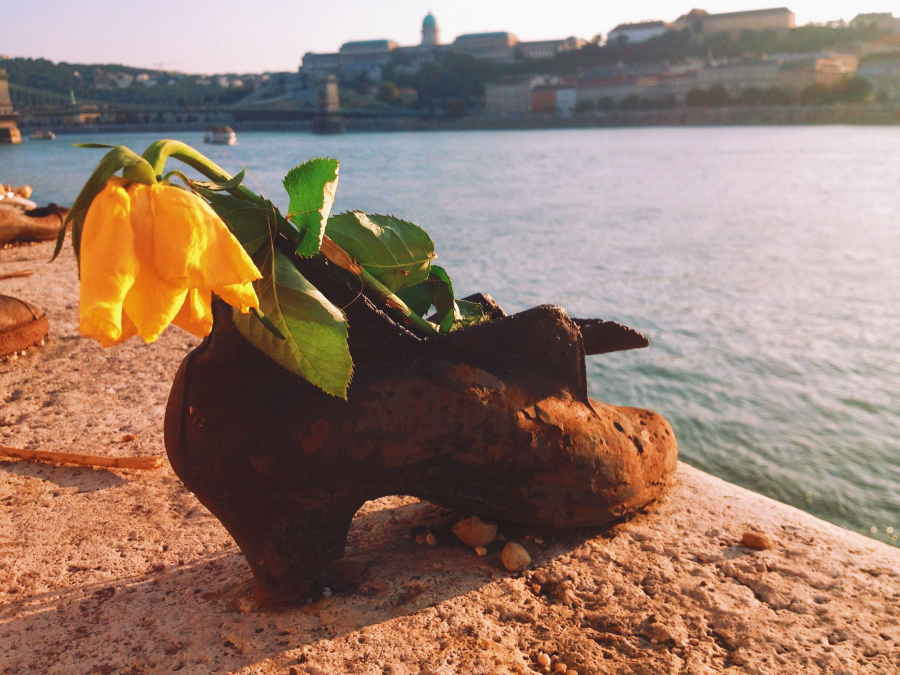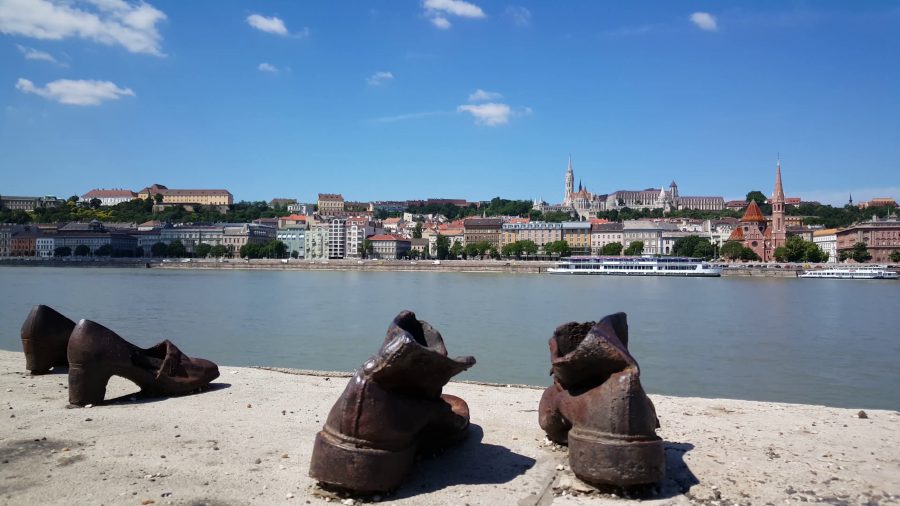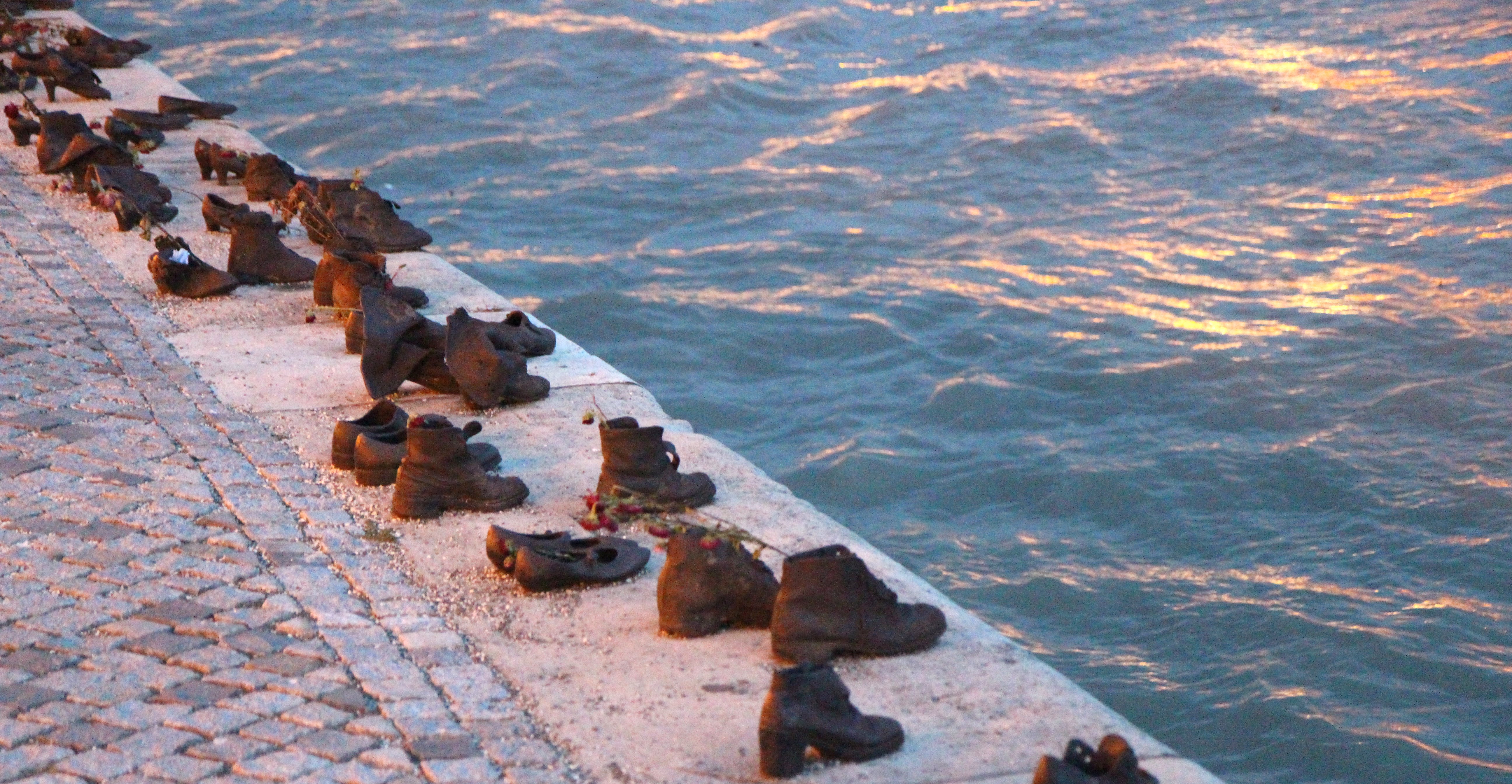If you ever come to Budapest, Hungary, it would be a mistake not to visit the poetic Danube River. Walking along the riverbank, you will encounter many historical buildings, reflecting in the blue water. When the riverside road joins Szechenyi Street at a turn, a famous Holocaust memorial appears before you: Shoes by the Danube. These are more than 60 pairs of iron shoes, rusted and firmly attached to the riverbank.
Located about 300 meters from the Hungarian Parliament Building, this 40-meter long iron sculpture is a memorial to the Jews who were executed on the banks of the Danube River in the winter of 1944-1945. Before being murdered by members of the Arrow Cross Party - a pro-Hitler faction in Budapest - many victims, young and old, men and women, were herded to the river. They were forced to take off their shoes and leave them on the bank, then shot and thrown into the river, to be swept away. The victims had to take off their shoes because these were valuable wartime items and the fascists collected them to trade on the black market.

During its short reign (from October 1944 to March 1945), the Arrow Cross Party killed about 50,000 people on the banks of the Danube River and transported nearly 80,000 others to the "slaughterhouse" of Auchswitz in Poland. The dark past and bloody crimes of the fascists still make people here shudder and remember with heartache. Today, the image of ownerless shoes scattered along the riverbank in many different shapes and sizes has become a famous destination in Budapest.

Visitors come here not only to take a minute of silence for the dead, but also to understand more clearly and thoroughly the ups and downs and losses that the Hungarian people had to endure during the war.

Known as “The Shoes on the Danube Promenade”, the monument was conceived by film director Can Togay and sculpted by Gyula Pauer. There is also a 70cm tall explanatory plaque in three languages (Hungarian, English and Hebrew) explaining the significance of the shoes.

































